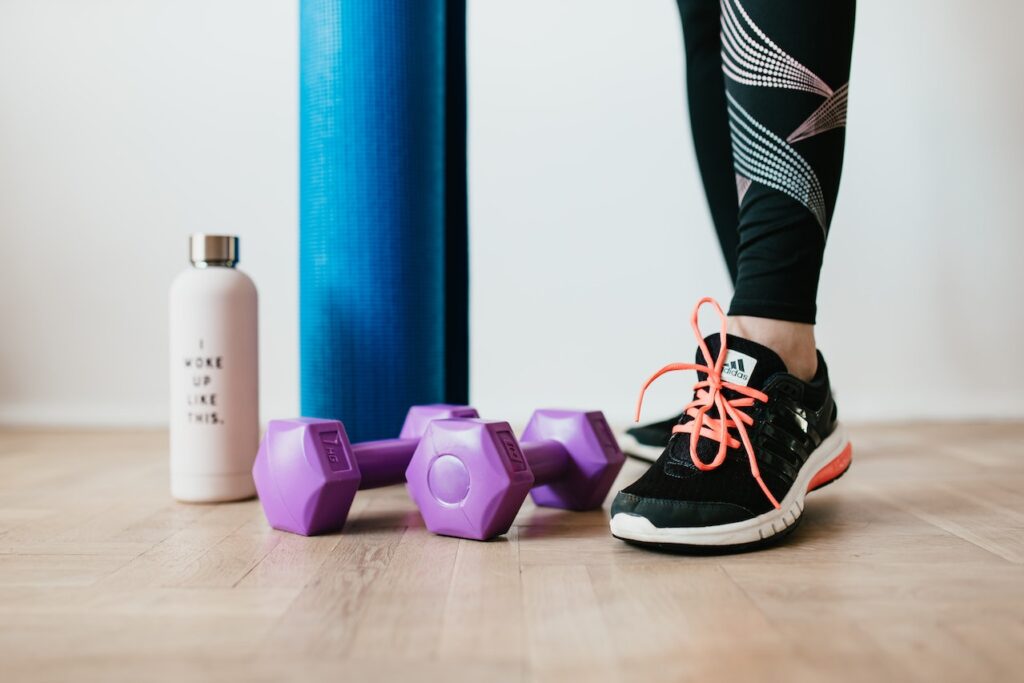Myth 1: Home Workouts are Less Effective Than Gym Workouts
One of the most common myths is that home workouts are somehow less effective than gym workouts. However, the truth is that the effectiveness of your workout depends less on your location and more on factors like consistency, intensity, and technique. A well-planned home workout can target all muscle groups, improve cardiovascular health, and boost strength and flexibility. With the right intensity and consistency, you can achieve the same results at home as you would at a gym.
Ready to create your dream home gym? Get started with our comprehensive guide.

Myth 2: Home Gym Equipment is Expensive and Requires a Lot of Space
Another misconception is that setting up a home gym requires a significant investment and a lot of space. In reality, many affordable home gym setups are both space-saving and effective. Compact fitness accessories like resistance bands, dumbbells, and kettlebells can provide a full-body workout without occupying much space. Furthermore, there are multifunctional exercise machines available that cater to various fitness needs while being space-efficient.
No gym equipment? No problem! Get started with bodyweight exercises.

Myth 3: Cardio is Not Possible at Home
The myth that home workouts can’t provide a good cardio session is yet another misconception that needs debunking. There are plenty of ways to get your heart rate up at home, with or without equipment. From jumping jacks and burpees to high-intensity interval training (HIIT) routines, the possibilities are endless. And if you prefer machine-based cardio, compact options like mini steppers or foldable stationary bikes offer great solutions for home use. Whether you prefer a brisk morning jog or an intense aerobic session, there’s always a way to incorporate cardio into your home workouts.

Myth 4: Strength Training Requires Heavy Machinery
It’s a misconception that effective strength training is only possible with heavy machinery. In fact, you can gain significant strength and build muscle with simple, accessible equipment. Dumbbells, barbells, kettlebells, and resistance bands are excellent tools for strength training at home. For example, resistance bands can provide progressive resistance, helping you increase your strength over time. Exercises like bicep curls, squats, or deadlifts can be effectively performed with dumbbells and barbells, making the need for bulky machinery obsolete in a home gym setting.
Read our article to choose the right home gym equipment for your needs.

Myth 5: Home Workouts Can't Help in Serious Weight Loss
Myth 6: There’s No Way to Track Progress at Home
In today’s digital age, tracking fitness progress at home is easier than ever. Various fitness apps and online workout programs not only offer extensive workout plans but also provide features for tracking progress. These tools allow you to record your workouts, monitor your heart rate, count your calories burned, and even provide feedback on your form. Additionally, keeping a workout journal or using a simple spreadsheet can also help you track your progress effectively.
Struggling with consistency? Read our tips on staying motivated.

